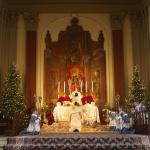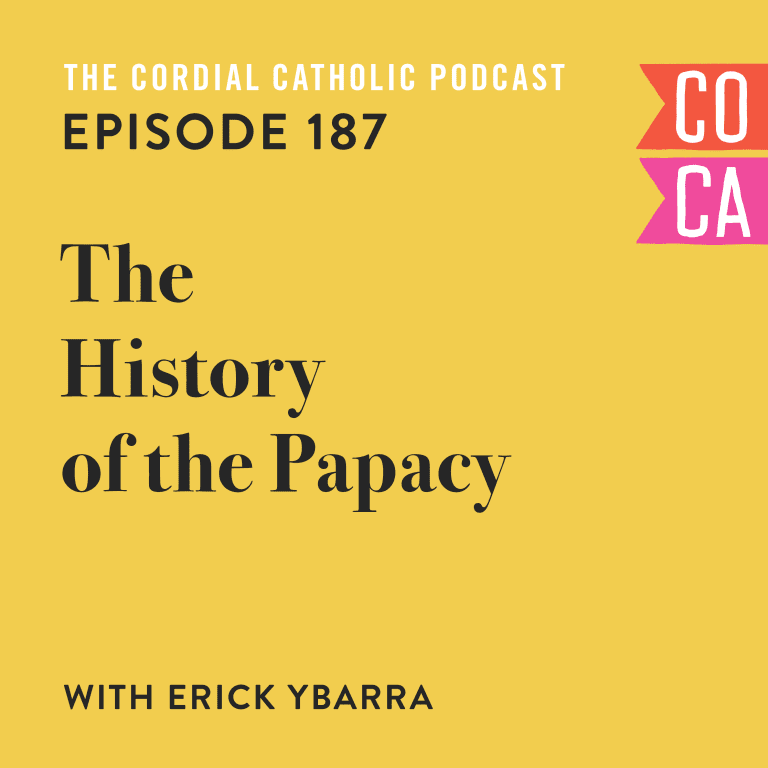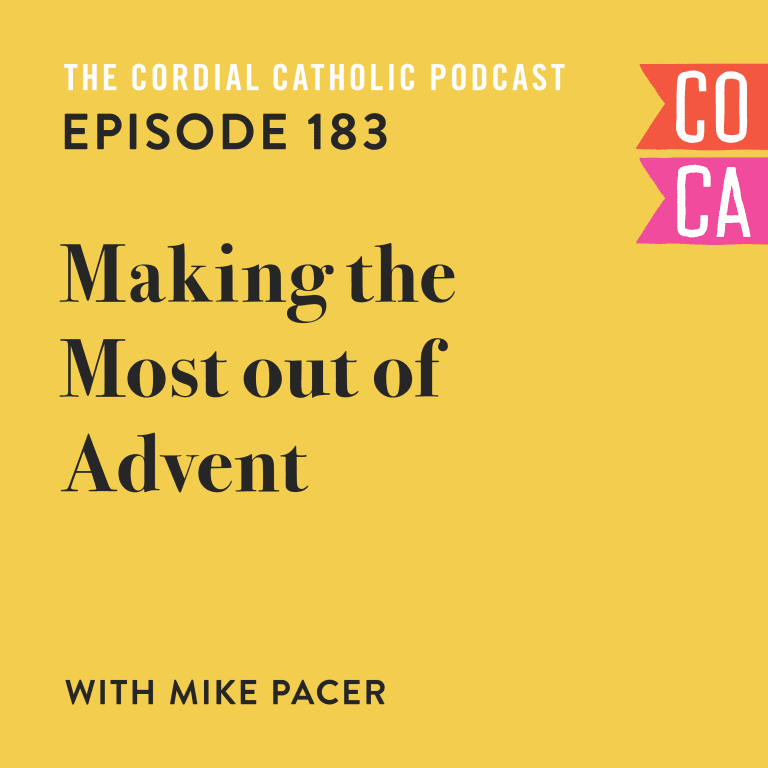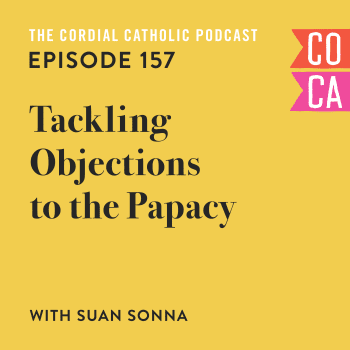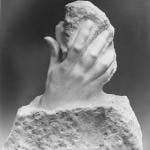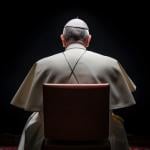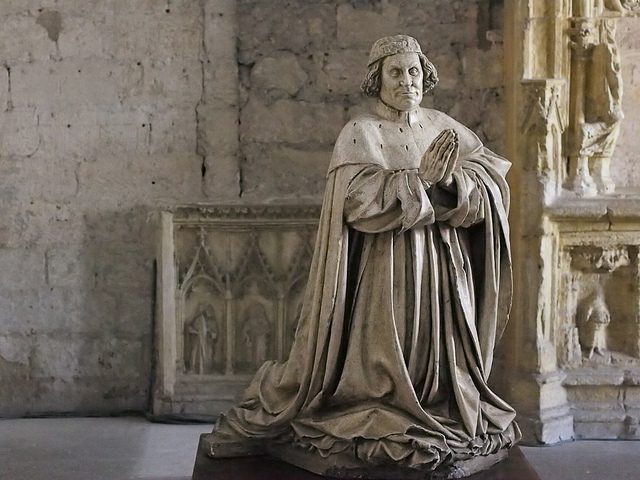
The Catholic Church, sprawled across every corner of the globe, is full of some truly bizarre customs and traditions. Understanding why we do what, what it means, and how to explain it to others can often be fundamental to sharing our faith—and to appreciating it deeper.
The custom of kissing the Pope’s ring, of sometimes kneeling down before him or bowing, is one of those strange habits that we Catholics do and in a society increasingly blurring the lines between respect, authority, and deference it’s an interesting topic to tackle.
Why do we Catholics kiss the Pope’s ring?
First, we need to understand that the Pope is the duly appointed representative of Christ on earth.
The Vicar of Christ.
The stand-in for our Lord and Savior who will one day return to once again lead his Church on earth. But, for now, while he’s away, the Pope is in the charge. While this could be a lengthy catheterizes of its own, suffice to say that the Catholic Church has believed this all the way back to the beginning. The Church Fathers speak about the importance, and precedence, of the Bishop of Rome—the Pope—and the office, we believe, was established by Christ Himself when he appointed Peter to watch over his sheep.
As Catholics, we believe that the Pope represents Christ on the earth and so we, as an act of obedience, respect, and fealty, bow, kneel, and sometimes kiss his ring.
But we need to understand the custom of ring kissing in and of itself, too.
While I’m not a medieval historian, it’s safe to say that the custom of kissing the ring of the ruling monarch probably dates from around this time, or earlier. According to the tradition, respect and honour is shown to a King or Queen by kissing their ring—their symbol of authority. Today, we do the same thing when we bow to the Queen, we when take our hat off for a passing funeral procession, or when we kneel to propose marriage.
Like these other displays of deference and respect, kissing the Pope’s ring is merely another way—an ancient way, certainly—of showing respect to the rank of Pope and our understanding, as Catholics, of all that that represents.
While others may make accusations, Catholics aren’t worshiping the Pope by kissing his ring, in the same way that I’m not worshiping my future spouse by kneeling down to ask her hand in marriage. But Evangelical Christians, especially, often get tripped up by these bizarre Catholics practices.
As a former Evangelical I understand, but here it’s worth noting that we Catholics understand our faith to incorporate the whole person, body and soul, and often our spiritual acts are mirrored in physical ones too.
In the Mass, this is why we bow and stand and kneel and sit. This is why we sometimes (not often enough!) use incense, why we ring bells and light candles and sing and chant. The ancient faiths, like Catholicism and Eastern Orthodoxy, place a great emphasis on the whole body being oriented towards worship of God.
We kiss the Pope’s ring, then, for the same reason that we worship God with our whole bodies. We kiss as a physical act of deference to the representative of Christ on earth in the same way that we kneel in adoration of God when we pray. We’re physically acting out our beliefs. Not that we believe the Pope is God, but that we believe he’s important, and as near to Christ as we can come in another human being.
But, ultimately, the custom of kissing the Pope’s ring is nothing more than that: a custom.
We do the same for Bishops, who we believe are appointed stand-ins for the apostles but when I first became a Catholic and met our local ordinary I had no idea what to do when he extended his hand. Thankfully, lightning did not strike me down and it shouldn’t. Catholics aren’t obliged to bow or kneel in front of the Pope and we don’t have to kiss his ring. We do it to show respect, to show our obedience to Christ and the office of the Papacy which we believe he appointed—we do it the recognize the miracle of the Church and the two-thousand year old institute protected by our Lord.
And, that’s kind of an incredible thing.


